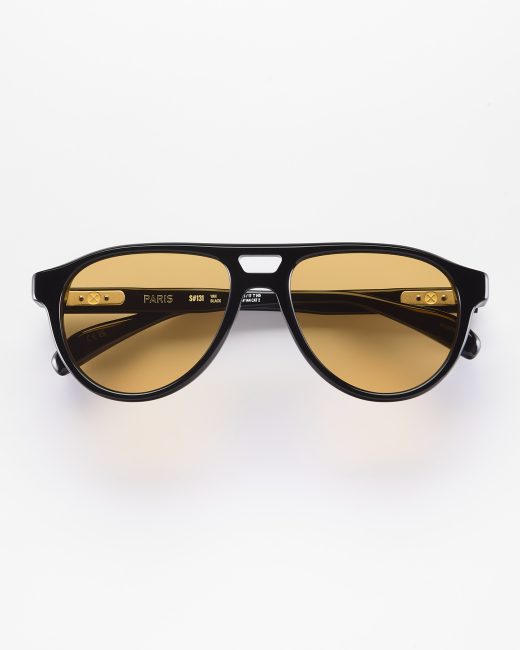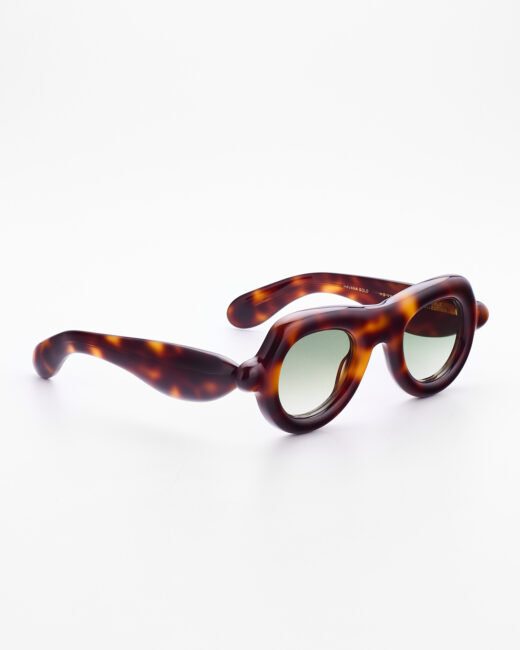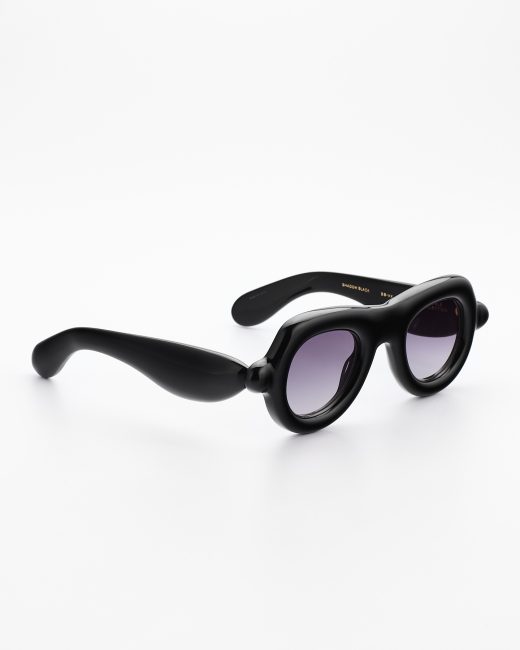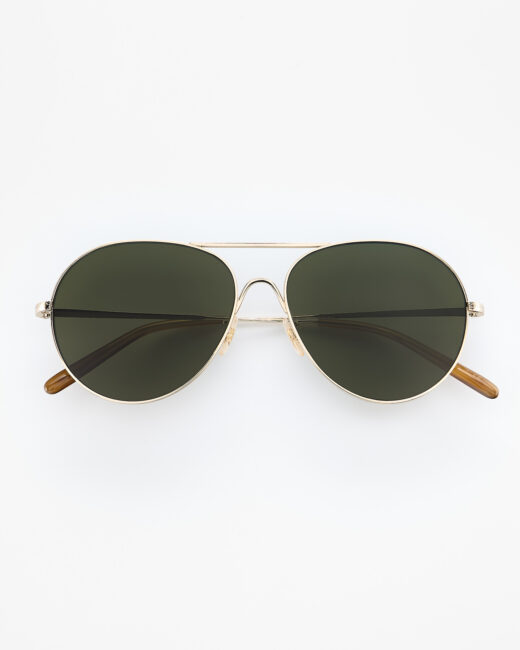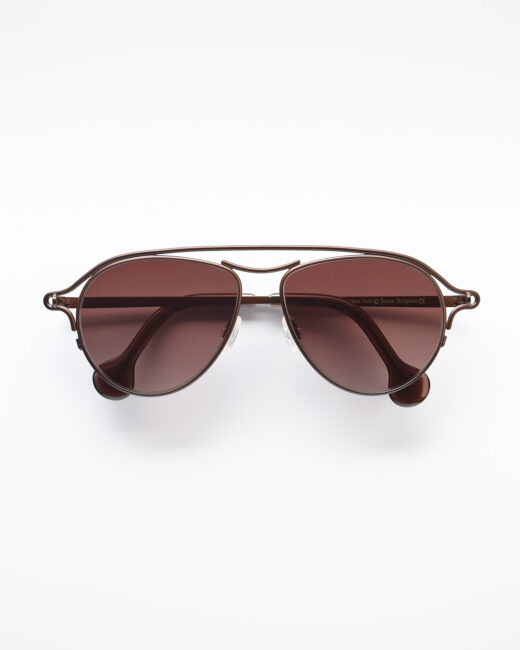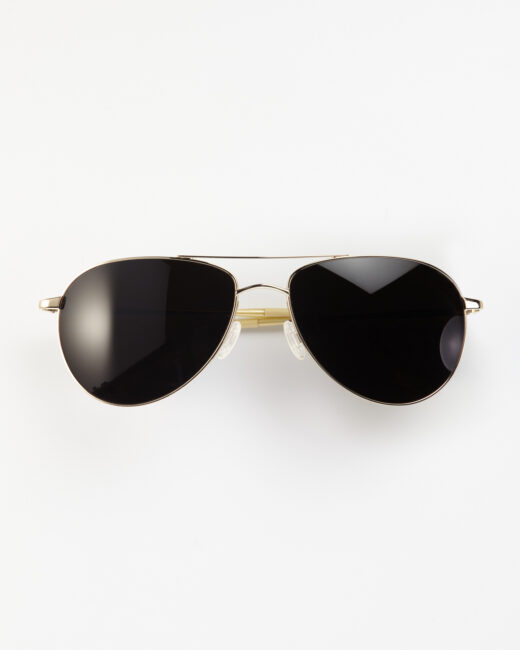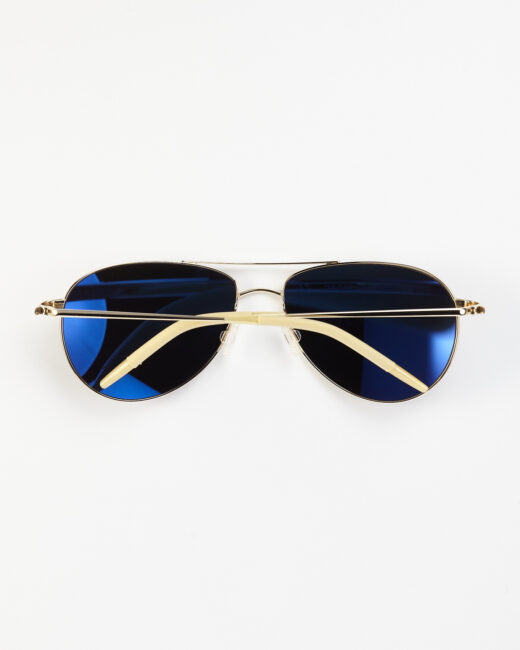Aviators
Pricing scale
Product tags
The classic teardrop-shaped aviator frame with a double bridge first appeared in the late 1930s, commissioned by the U.S. military to protect pilots from the blinding sunlight at high altitudes. Over time, however, aviators gained popularity beyond their military function and became the first widely adopted sunglasses.
Initially associated with a culture that imitated military style, aviators took on a new life in the 1970s and ’80s, expanding beyond that context and even evolving into prescription eyewear. Meanwhile, shifting military needs — driven by the introduction of jet aircraft and changes in pilot gear — led to updated standards and the evolution of aviators into navigator-style frames.
